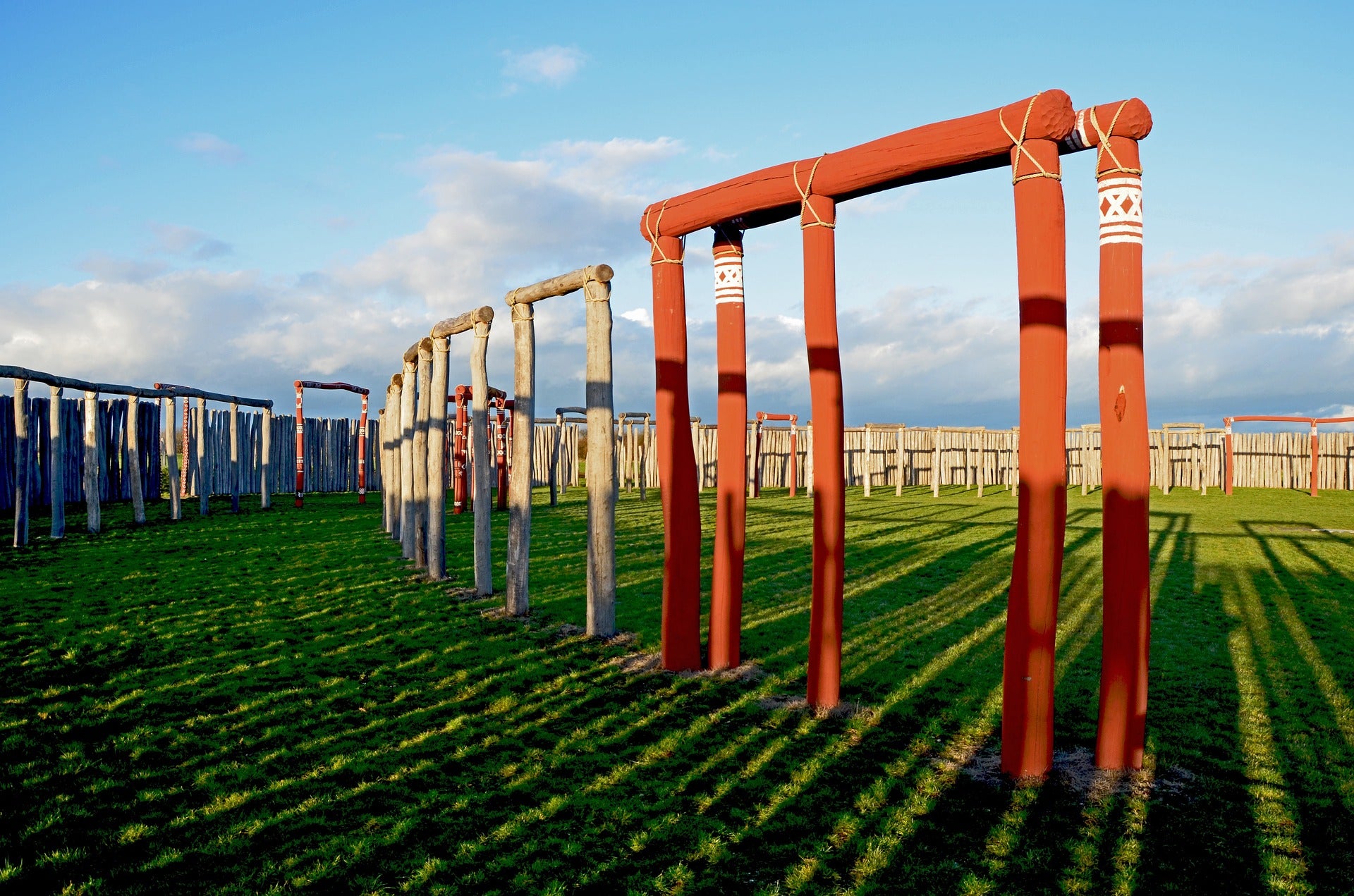Dismembered bodies of 10 children and women discovered at 'German Stonehenge'
'The henge monuments of the British Isles are generally considered to represent a uniquely British phenomenon, unrelated to continental Europe. This position should now be reconsidered,' report says

The dismembered bodies of 10 women and children, four of whom sustained severe injuries to their skulls just prior to their death at some point during the stone age, have been found by archaeologists at the German 'Stonehenge'.
Researchers found the corpses buried in pits around the Pömmelte henge in Saxony, eastern Germany, during the latest excavation, although the reason for their deaths remains unknown.
It was in use from around 2300 BC until 2050 BC when it was destroyed in what experts said could have been a ritualistic fashion.
“It looks like at the end of the main occupation, around 2050 BC, they extracted the posts, put offerings into the post holes and probably burned all the wood and back-shovelled it into the ditch,” Dr Spatzier told Live Science.
“So, they closed all the features. It was still visible above ground, but only as a shovel depression.”
The circular enclosure of Pömmelte is the first central European monumental complex of primarily sacred importance that has been excavated and studied in detail, according to the authors of a new report published in the Cambridge University Press.
A sacred interior was separated from the profane environment, and served as a venue for rites that secured the continuity of the social, spiritual and cosmic order, researchers found.
Ancestor worship was integral to society, and the discovery of a mound-covered burial hut and a square-shaped ditch sanctuary suggest the site was deliberately chosen to mark the arrival of the summer solstice.
The monumental rings of Stonehenge and similar sites were believed to be unique to the British Isles, where communal gatherings, ritual activities and performances would take place.
However, the new research suggests that priests, worshippers and others took part in similar rituals at such sites in Germany.
The existence of similar types of symbolic architecture could be explained by the scattering of European populations during the Neolithic and Bronze ages which would suggest that henges were not in fact a uniquely British invention.
“The henge monuments of the British Isles are generally considered to represent a uniquely British phenomenon, unrelated to continental Europe,” the report read.
“This position should now be reconsidered. The uniqueness of Stonehenge lies, strictly speaking, with its monumental megalithic architecture.”
Daniela Hofmann, an expert in Neolithic architecture, agreed in comments reported by Science Mag: “I would say it is certainly appropriate to reconsider the idea that Britain at this time was entirely a special case.”
Subscribe to Independent Premium to bookmark this article
Want to bookmark your favourite articles and stories to read or reference later? Start your Independent Premium subscription today.

Join our commenting forum
Join thought-provoking conversations, follow other Independent readers and see their replies